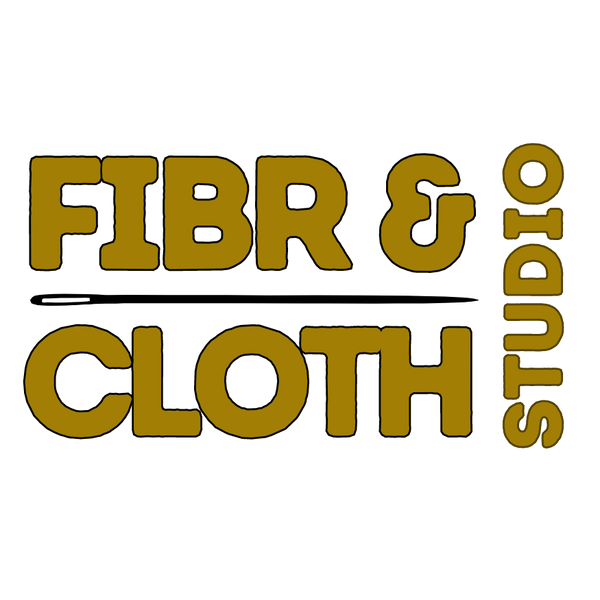Needles are a pretty huge deal when hand-sewing. They allow us to use our thread to bring the thread up and down, in and out of the fabric, holding the fabric together. There are many needle types though, and sizes and choosing the right one can be tedious. Read on to see how to choose the right needle for your hand-sewing project!
CHOOSING NEEDLE SIZE AND TYPE
The most commonly used needles for general hand-sewing are sharps which are thin, sharp pointed general purpose needles that come in various sizes, generally 3/9 or 5/10 assortments or individual sizes.
When choosing sizing for needles, the larger the number, the smaller the physical size of the needle , which is important to note when choosing needles that come in only one size. Needles use a "/" instead of a "-" when it comes to size ranges. Sharps come in sizes 1/12 with a round eye, providing extra strength as it pulls the thread through a garment.
Many think that the thicker the fabric the thicker the needle should be to correspond with its strength. This is not necessarily true. When hand-sewing it's important to think smarter and not harder and shoving a thick needle through thick fabric is not always smarter. There are occasions when using a large needle and a pair of pliers to pull the needle out may be best but using a strong smaller sized needle or a long thin needle for thick layered or heavier fabrics saves you the pain and headaches.
Sharps are thinner needles with a sharp point at the end, making it easier to go through various types of fabrics.

Quilting/Between Needles are similar to sharps in how sharp their needle point is, however they are shorter with a smaller eye allowing for small, quick stitches. You can definitely interchange these needles with Sharps for projects that require more precise stitching, patching or sewing in tight small corners of a project.
Self threading needles are an option to keep in mind for those who have poor eyesight or hand coordination when threading. These needles have a beveled top above the eye of the needle where the thread can be inserted and stay in while stitching. I prefer needles that require threading, and if you are the same but still have poor eyesight you can always opt for a needle threader.

Sashiko needles are long, thick needles with a large eye made for embroidery or sashiko work. The larger eye is made to accommodate embroidery floss and sashiko thread. Generally sashiko needles are used when mending or when embroidering as the long needle allows you to create running stitches easier due to the length of the needle going in and out of the fabric.

HAND-SEWING THICK FABRICS
When working with thicker fabrics, pull the needle in and out for your stitch and don't "run it" through the fabric all at once. This will result in more accurate stitches and will help you to avoid breaking the needle. Also do not be opposed to using a thimble to help push the needle in and out of the fabric. You'll know your fabric is too thick for a needle if it is very difficult to pierce the fabric with the needle or if you feel the needle start to get stuck in fabric. This is fine when using leather or other upholstery textiles along with pliers at times, but keep in mind that a large needle can get stuck easily so choosing a smaller needle might really be the best choice.
CHOOSING NEEDLE BRANDS
Some of my favorite needle brands are John James and Bohin because the needles are sturdy and last a long time. You can test the quality of a hand needle by simply bending it. Strong quality needles will not bend easily (unless they are constructed thinner intentionally).
Some other brands that have hand needles are Dritz, Clover, Singer and Tulip. Quality will vary but for the most part you cant go wrong with any of the previously mentioned brands. There are many types of needles for various projects but the above are what I find especially helpful when working with garment sewing, quilting or other small handsewing projects that are done using natural fibers.
Thanks for reading,
Alexis

